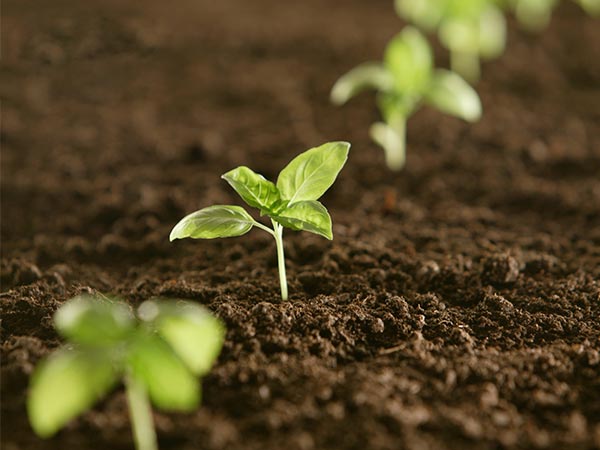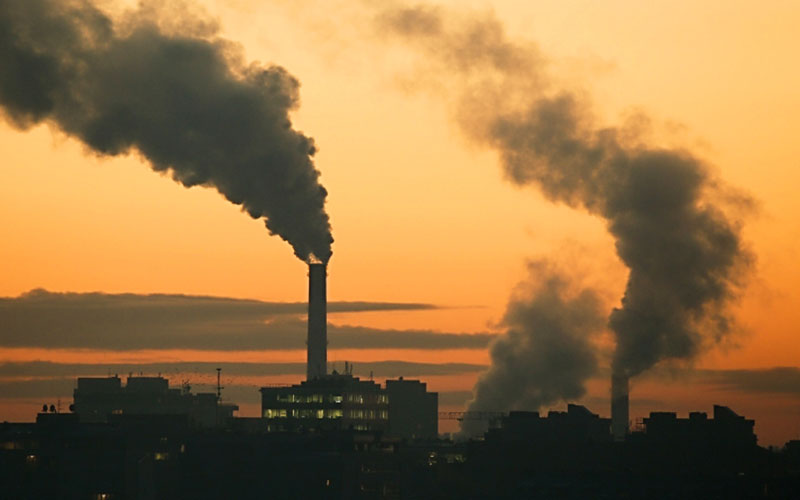In the intricate tapestry of environmental conservation, biochar emerges as a silent yet powerful guardian, weaving its way into the very fabric of sustainable practices. As we grapple with the escalating challenges posed by climate change and deforestation, the role of biochar in preserving our forests and ecosystems becomes increasingly vital.
Unraveling the Biochar Tapestry
Biochar, a carbon-rich substance produced through the carbonization machine, represents a dynamic intersection of technology and ecology. Pyrolysis, the thermal decomposition of organic material in the absence of oxygen, gives rise to this black gold – a substance with immense potential in enhancing soil fertility and mitigating climate change.
The Biochar Symphony in Soil Enrichment
Picture the soil as a vast, intricate symphony where the harmonious interplay of microbes, fungi, and organic matter sets the tone for robust ecological health. Introducing biochar to this symphony orchestrates a transformative melody. The porous structure of biochar acts as a sanctuary, providing a habitat for beneficial microorganisms. This, in turn, promotes nutrient retention and water-holding capacity, fostering an environment conducive to plant growth.
In the realm of agriculture, the use of biochar from charcoal making machine transcends mere soil enrichment; it becomes a sustainable virtuoso, playing a pivotal role in carbon sequestration. As the biochar integrates with the soil, it becomes a reservoir for carbon, effectively removing it from the atmospheric equation. This dual benefit of enhancing soil fertility while curbing carbon emissions positions biochar as a cornerstone in our quest for sustainable land management.

The Ecological Ballet: Biochar in Forest Conservation
Forests, the lungs of our planet, face relentless threats from deforestation and climate change. Enter biochar, a stalwart defender in the ecological ballet of forest conservation.
When strategically applied to forest soils, biochar from biomass pyrolysis plant establishes itself as a guardian of biodiversity. Its porous structure, reminiscent of a microscopic fortress, shelters a diverse array of soil organisms crucial for the well-being of forest ecosystems. As deforestation disrupts these delicate ecosystems, biochar steps in, offering a refuge for the myriad organisms that call the forest floor home.
Moreover, the introduction of biochar to degraded forest soils acts as a regenerative tonic. It catalyzes the remediation of contaminated soils, reviving ecosystems that have borne the brunt of human activities. The remediation potential of biochar extends beyond mere soil healing; it extends a helping hand to water bodies affected by runoff, preventing the leaching of harmful substances into aquatic ecosystems.

The Carbon Ballet: Biochar’s Dance with Climate Change
In the grand theater of climate change, biochar takes center stage in the delicate dance of carbon dynamics. The very essence of biochar, born from the carbonization of organic matter, holds the promise of mitigating the impacts of climate change.
As a carbon sink, biochar locks away carbon in the soil for centuries, serving as a bulwark against the rising tide of atmospheric carbon dioxide. This not only aids in climate change mitigation but also fosters resilient ecosystems capable of weathering the storms of a changing climate.
The dance continues as biochar intersects with the concept of carbon-negative technologies. Through its production process, which involves the capture and utilization of pyrolysis byproducts, biochar emerges as a carbon-negative player, offsetting its own carbon footprint and contributing to the broader initiative of achieving a net reduction in atmospheric carbon.
Challenges and Opportunities: Navigating the Biochar Landscape
While the potential benefits of biochar are undeniable, navigating the landscape of its application requires a nuanced understanding of challenges and opportunities. One such challenge lies in the variability of biochar properties, influenced by feedstock and pyrolysis conditions. The solution? A concerted effort towards standardization and quality control, ensuring that biochar consistently delivers its intended ecological benefits.
Opportunities, however, abound. Research into tailored biochar formulations for specific ecosystems holds the key to optimizing its impact. By understanding the unique needs of different environments, we can unlock the full potential of biochar in promoting biodiversity, soil health, and climate resilience. For the latest updates and detailed information about biochar production equipment, search Beston Group.